“The Future of Science in the 21st Century: Science and Technology for the better future of humankind”
Science and Technology are momentous forces that have shaped the world and promoted the progress of Humankind. They have fostered the transition to an industrial society and to the information age, and have played a dominant role in economic and social development, transforming our daily-life.
The aim of this event is to discuss the challenges of the future of Science and Technology where citizens will increasingly play a key role in defining the roads that scientists should follow, while ensuring comfort and welfare for all. This will impact on our lives and how science will have to be considered in years to come.
In the modern era, Science and Technology are fundamental to address global challenges, such as food, resources and energy shortage, pollution, climate change, overpopulation, poverty, disease and economic crisis.They will be decisive in assisting the change from the traditional model of development, grounded on the consumption of colossal amounts of resources, to the sustainable management of our planet.
International cooperation and openness will be ingredients in enabling Science and Technology to promote a less unbalanced world and a better future for Humankind.
The Symposium of the European Academy of Sciences was coupled with the 10th anniversary of European Research Council Sessions.
Organisation committee
Speakers
ERC Grants
Guests and Chairmen
Collaboration
Gallery
Videos Gallery
Introduction for the 10th anniversary of ERC Grants – Round Table, Science and Citizens – Round Table, The role of ERC – Presentation of new members and delivery of diplomas
Organisation Committee
Prof. Rodrigo Martins, Chairman; Prof. Alain Tressaud, co-chairman, Prof. Hélène de Rode, (Perpetual Secretary of the European Academy of Sciences); Prof. Elvira Fortunato (FCT-UNL/I3N, Portugal); Prof. João Rocha and Prof. Artur Silva (University of Aveiro, CICECO); Prof. Salomé Pais (Secretary of the Lisbon Academy of Science); Prof. Carlos Salema (Vice President of the Lisbon Academy of Science); Fernando Santana (President of the Portuguese Academy of Engineering); Prof. Jean Etouneau (University of Bordeaux, France)
Speakers
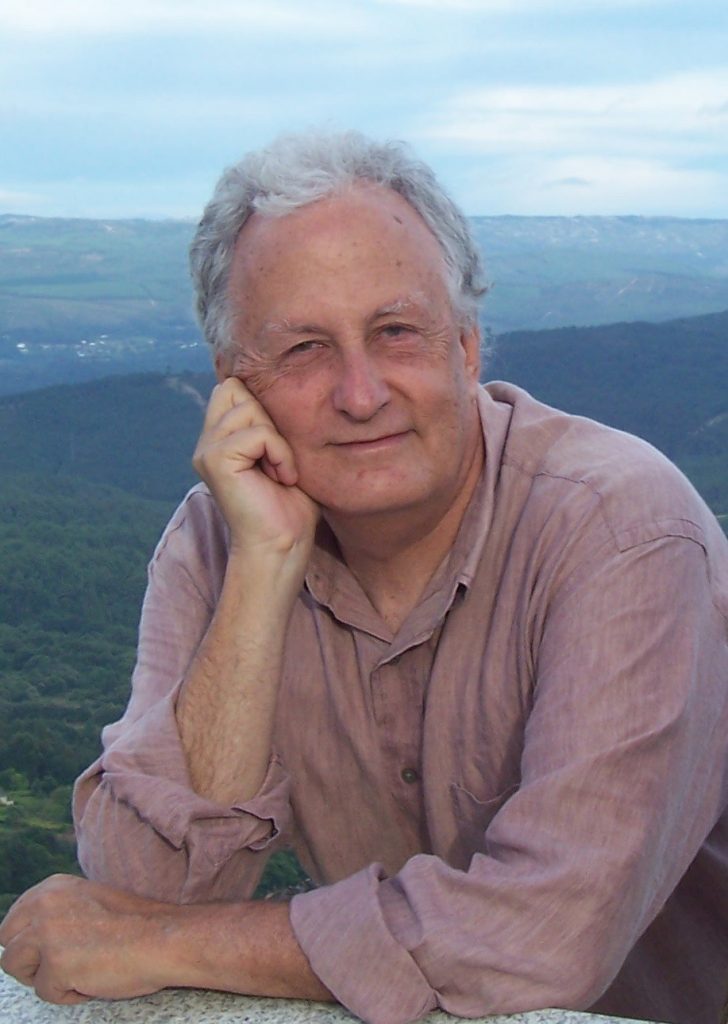
Professor Alexandre Quintanilha
i3S, UPorto & Assembleia da República, Portugal
“Searching and sharing knowledge”
In 2005, I came across a recently published book that stuck in my mind ever since. The title “Take care of freedom and the truth will take care of itself”, seems to fit well with what I want to say in this talk. Written by a philosopher, professor of Comparative Literature, I would venture to propose that the message in that title applies to all fields of learning. Our search for knowledge, clearly depends on our freedom to ask questions, our freedom to propose answers and the possibility of testing the fertility of those answers.
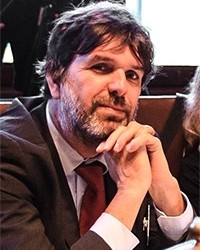
Professor Arnold Tukker
Leiden University, Institute of Environmental Sciences (CML), Leiden, Netherl
“The transition to a circular economy – some (in)convenient truths”
The transition towards a more resource-efficient society is a core goal of governments in Europe and worldwide. The European Commission recently adopted an ambitious new Circular Economy Package to boost competitiveness, create jobs and generate sustainable growth while using primary resources more efficiently (European Commission, 2015). Furthermore, a series of incidents in the past has shown Europe is vulnerable when it comes down to security of supply of resources (EC, 2009; 2013, 2016). The transition towards a more resource-efficient society that has a resilient resource supply is a hence core goal of governments in Europe and worldwide. The European Commission recently adopted an ambitious new Circular Economy Package to boost competitiveness, create jobs and generate sustainable growth [ref]. Circular economy comprises an integral approach to a resource efficient future, necessitating cooperation of all stakeholders along the value chain. To achieve this, the further development of circular, service-oriented business is especially promising and will be the focus of the proposed research. This links product and service design, supply chain management, manufacturing technologies, product and service use, product treatment at end-of- life, and business models and strategies such as portfolio management and branding. Simultaneously, economic, societal and environmental aspects must be taken into account. To understand and optimally exploit the potential of a Circular Economy, not only advances in the above-mentioned fields are needed, but also above all mutual understanding and interaction between the disciplines involved.
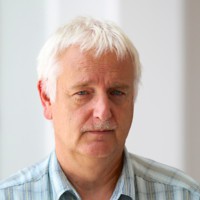
Professor Eric Gaffet
Institut Jean Lamour – UMR 7198 CNRS – Université de Lorraine, France
“Nano – solutions for sustainable materials management”
The design of new materials to be applied for sustainable development, for new technologies and for new sources of energy, is largely dependant on rare chemical elements, which were until now produced in some rare geographic zones in the world. The question of the availability and/or substitution of those materials is then critical for the future. Several ways of designing new materials are currently in development adressing chemical substitution and /or chemical optimization.
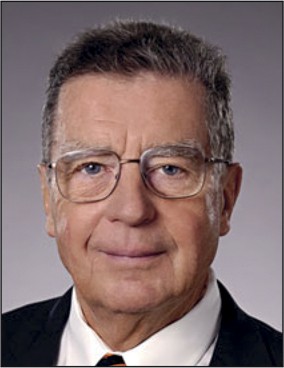
Professor Sigurd Wagner
Princeton University, United States
“Challenges to realizing an energy economy powered exclusively by sun and wind”
We stand at the dawn of an epochal change in the world’s energy economy, as energy supply is moving from one largely fossil-derived to one where electricity is directly generated from sun and wind. Eventually, the world’s energy is to come fully from renewable sources. The share of energy that solar and wind can contribute is captured in two characteristic quantities, average availability and capacity credit. An examination of these two quantities shows that the goal of a fully renewable energy economy cannot be attained with the solar and wind conversion technologies available today. Moreover, the high cost of integrating renewables with the electric power grid calls for continued, and substantial, cost reduction of electricity from sun and wind. These three factors – average availability, capacity credit, and cost – present fundamental, long-term, research challenges to the physical and biological sciences.

Professor Adélio Mendes
Faculdade de Engenharia da Universidade do Porto, Portugal
“Electricity from renewable sunlight: cheaper and cleaner”
In the 16th century Thomas More described an ideal and sustainable city in his book Utopia. Today’s an ideal city should comply with the Near Zero Energy Building directive and going beyond. PV electricity is already today the cheapest if produced in countries with high solar irradiance. However, PV electricity is only generated during the daylight time and then just partially dispatchable. To make it fully dispatchable it is necessary to store it and batteries is a technology of choice. Among electricity storage technologies redox flow batteries (RFB) emerged as promising offering low storage costs – expected of 3 ¢€/kWh/cycle [1], independent power from storage capacity, very reliable and robust operation. The all vanadium RFBs display an energy density that can reach 50 Wh/L but the use of non-aqueous solvents for dissolving the redox pairs promise to bring soon this energy density to values which ideally can reach 1 kWh/L. The storage of electricity in an electrochemical fluid instead of a solid such as in conventional batteries opens the doors to the electrochemical fuels that can be easily stored and transported.
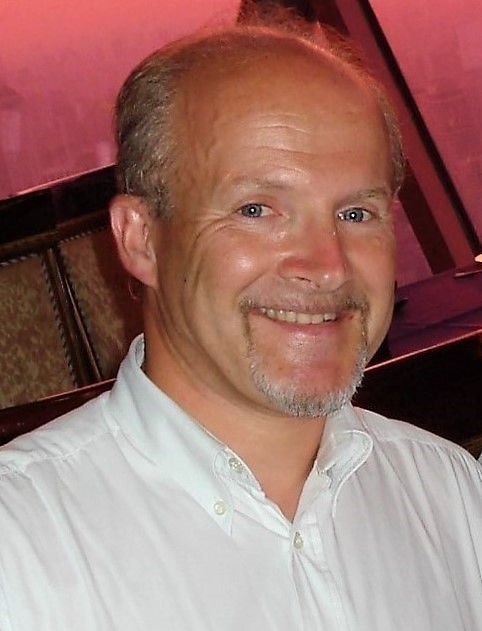
Professor Dr. Ernst Wagner
Ludwig-Maximilians-Universität Munich and Nanosystems Initiative Munich, Germany
“Chemical evolution of carriers for use in nanomedicine”
Nanotechnology comprises the option of more effective administration of innovative drugs. Accordingly, nanomedicines with less side effects can be obtained, provided the challenge of efficient delivery and retention in the target tissue can be overcome. Viruses and protein toxins present natural nanoagents displaying potent intracellular delivery of nucleic acids or proteins. Natural evolution has optimized such carriers that comprise multiple different functions for overcoming the delivery barriers. The evolution process takes advantage of the definition of each carrier as a specific amino acid sequence stored in form of a genetic sequence. Refinement of sequences occurred by variations such as mutations, deletions, additions, or larger rearrangements such as domain shuffling, followed by functional selection for a biological task in the set environment. We intend to use these basic design principles of natural evolution for the generation of artificial drug delivery systems. A chemical evolution process takes advantage of combining empirical with rational design and utilize a far more diverse chemical design space than the natural variation of amino acids.
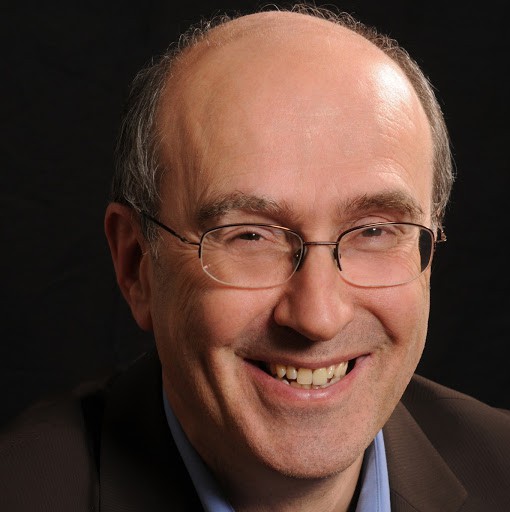
Professor Daniel Scherman
Université Paris Descartes – Chimie ParisTech, France
“Genetic pharmacology and gene therapy, the new revolutionary frontiers of innovative medicine”
Medicinal active agents, whose effects are based on the universal concept of “target recognition”. Their history is characterized by a limited number of revolutionary advances, one of the first breakthrough being the discovery of chemical drugs directed to a molecularly defined “receptor” target in agreement with the Paul Ehrlich “lock and key” chemotherapy theory, and another major advances being represented by the development of protein drugs, such as monoclonal antibodies.
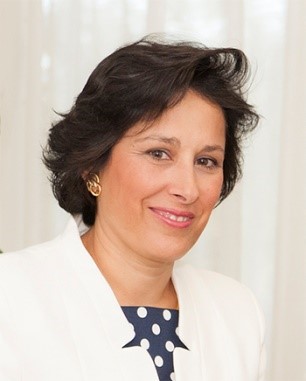
Professor Asunción Gómez-Pérez
Universidad Politécnica de Madrid, Spain
“Automated Data Markets”
One of the biggest challenges of the 21st century is undoubtedly the management of data markets, regardless of whether metadata and data are generated by individuals (i.e., social media) in multiple languages and across heterogeneous media formats, by devices (i.e., sensors) in the Internet of Things, by software behind apps, or by public administrations (i.e., open data portals), and private or public institutions.
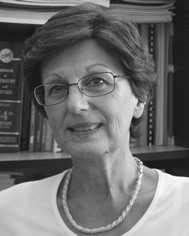
Professor Margherita Venturi
Dipartimento di Chimica “G. Ciamician”, Università di Bologna, Italy
“Automated Data Markets”
One of the biggest challenges of the 21st century is undoubtedly the management of data markets, regardless of whether metadata and data are generated by individuals (i.e., social media) in multiple languages and across heterogeneous media formats, by devices (i.e., sensors) in the Internet of Things, by software behind apps, or by public administrations (i.e., open data portals), and private or public institutions.
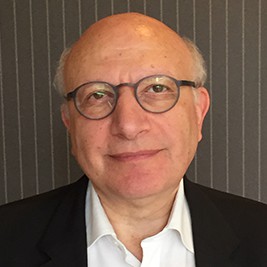
Professor Raja Chatila
Sorbonne Universités, UPMC Univ Paris 06, CNRS, France
“Ethical Considerations in Artificial Intelligence Robotics and Autonomous Systems”
Ethical, legal and societal issues (ELS) raised by the development of Artificial Intelligence, Robotics and Autonomous Systems have emerged about fifteen years ago and have recently gained in importance with the development of new applications and use cases, such as personal robotics, autonomous cars or autonomous weapons. These ELS questions cover a wide range of subjects such as: future of employment, privacy and data protection, surveillance, interaction with vulnerable people, human dignity, autonomous decision-making, moral and legal responsibility of robots, imitation of living beings and humans, human augmentation, or the status of robots in society.
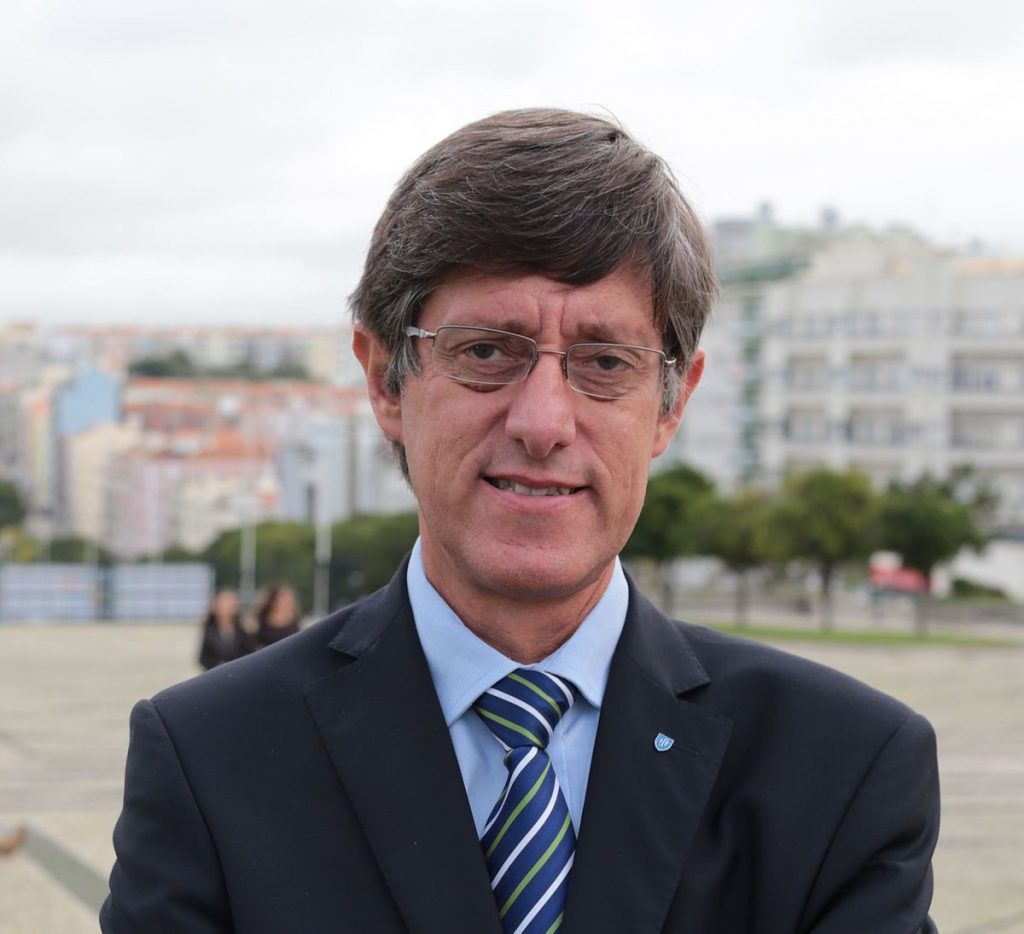
Professor Arlindo Oliveira
INESC-ID / Instituto Superior Técnico, Spain
“Digital Minds: Science Fiction or Near Future Reality?”
New technologies have been introduced in human lives at an ever increasing rate, since the first significant advances took place with the cognitive revolution, some 70.000 years ago. Although electronic computers are recent and have been around for only a few decades, they represent just the latest way to process information and create order out of chaos. Before computers, the job of processing information was done by living organisms, which are nothing more than complex information processing devices, created by billions of years of evolution.
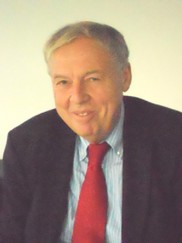
Professor Dr. Sierd Cloetingh
President Academia Europaea, Netherlands
“Promoting and spreading Scientific Excellence in Europe: Perspectives from Academia Europaea”
To promote scientific excellence and to unlock potential for scientific excellence, wherever located in Europe, is a prerequisite for Europe at large. Academia Europaea (AE), founded in 1988 as a bottom-up initiative of a group of leading European scholars, sees this as one of its main priorities. The Academia Europaea has more than 3500 members from all over Europe, as well as a hundred foreign members with strong affinities to the European scientific community. All are elected by their scientific peers. These members cover a broad range of fields and belong to the following four classes : The Physical sciences and Engineering, the Life Sciences, the Social and Societal Sciences, and the Humanities. Within and between these four classes, the Academia Europaea promotes interdisciplinary dialogue and co-operation.

Professor Maria da Graça Carvalho
DG RTD, European Commission
“Reducing inequalities: the role of social innovation”
The presentation aims to highlight the importance of social innovation in reducing inequalities and to discuss the future trends in social innovation. Social innovations are innovations that are social in both their ends and their means. Specifically, social innovations are new ideas (products, services and models) that simultaneously meet social needs (more effectively than alternatives) and create new social relationships or collaborations. They are innovations that are not only good for society but also enhance society’s capacity to act (see “Empowering people, driving change – Social innovation in the European Union – Study, BEPA- Bureau of European Policy Advisors, European Commission, 2011”). Social innovation is one way in which people and communities provide a positive response to the adversity that they face. One of the major concerns nowadays is the rising inequality mainly in the middle class of the so-called industrialized countries. The rapidly changing global economic environment and the advent of new information technologies have a drastic effect on local labor markets and on the wealth distribution.
ERC Grants
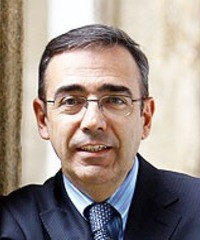
Professor Jose Labastida
Head of the Scientific Management Department of the European Research Council
“The role of ERC in boosting Science in Europe”
The European Research Council (ERC) was founded in 2007 as an organization to fund frontier research in all areas of knowledge through pan-European competitions. Ten years later ERC has become a prominent actor in the European research landscape after funding more than 7000 projects carrying out top-quality research. In the introduction the main achievements met during these ten years, highlighting the key elements that are behind ERC’s success, will be presented.
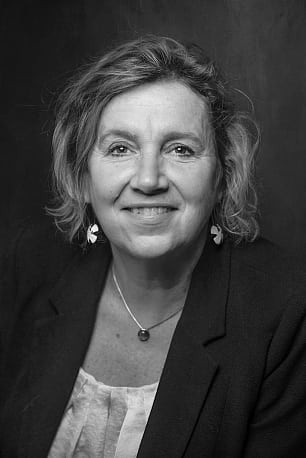
Professor Yvette van Kooyk
Department of Molecular Cell Biology and Immunology, VU University Medical Center, Amsterdam, The Netherlands
“Will nano-vaccines be the new generation of cancer vaccines?”
The presentation will highlight the importance of professional antigen-presenting cells such as dendritic cells (DC) and Langerhans cells (LC) that form a link between first line host-defence and cellular immunity. As sentinels in tissues, such as the skin, DC/LC express a range of innate receptors, such as Toll-like receptors and C-type lectins that recognize a variety of pathogens and self-antigens through the recognition of glycans. Cancer nanovaccines can be designed that use carbohydrates for targeting purposes to C-type lectins bringing the vaccine at the right spot, the DC and LC in the skin. Moreover glyco-nanomedicines are processed efficiently by DC resulting in enhance anti-tumor T cell responses. We also unravel how glycosylation in (tumor) tissue dictates specific DC inhibitory programs that exert their effect on the adaptive and innate immunity (T cell and NK(T) cell function). By improving anti-cancer vaccines and unleashing the immune inhibitory tumor microenvironment we aim to come to the best immunotherapy treatments for melanoma, glioblastoma and pancreatic cancer. By studying posttranslational processes such as glycosylation, glycosciences, a novel language will be uncovered that regulate the communication between immune system. Because this new language can be stimulating or inhibitory these discoveries will be implemented in the treatment of cancer and auto-immune diseases.
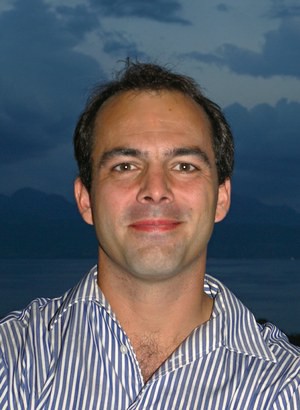
Professor Tim P. Vogels
University of Oxford, United Kingdom, FENS Kavli Network of Excellence in Neuroscience
“Innovating funding for innovation: An early-career perspective on European Grants”
The current state of European funding for early- and mid-career independent scientists is more challenging than ever before. Despite their pivotal role as innovation drivers, emerging group leaders find it often difficult to compete with established senior scientists who routinely attract the lions’ share of the funding. To provide well-founded recommendations on how to improve funding for the emerging generation of European innovators, the FENS Kavli Network for Excellence in neuroscience conducted a Europe-wide survey for early and mid-career independent researchers to better understand their needs and wishes. In my talk I will discuss four key points that emerge from the answers of over 300 respondents.
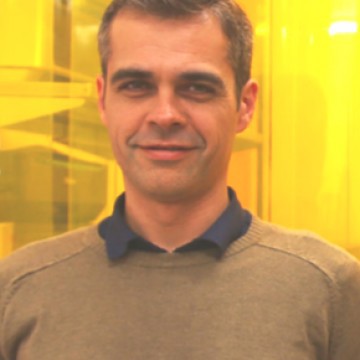
Professor Luís Pereira
CENIMAT/I3N, Departamento de Ciência dos Materiais, Faculdade de Ciências e Tecnologia, Universidade Nova de Lisboa and CEMOP-UNINOVA
“A new era of electronics and photonics on paper”
The market for flexible and printed large-area electronics is rapidly growing and it is expected to become an eighty billion dollars market before 2025. The growth will be supported by the creation of new markets for low cost and disposable products based on flexible substrates, from opportunities enabled by printing of full-feature electronics, and from electronic devices integrated into novel systems, where recyclability is a key vector.
So far, commercial activity for printed electronics has largely been confined to glass and a narrow range of plastic substrates. On the other hand, paper is potentially useful for some specific applications and markets such as diagnostics, smart packaging and RFID. Printing on paper is very logical and the strong interest is mainly driven by its low-cost (€0.001/dm 2 comparing with €25/dm 2 for silicon or €1–10/dm 2 for polymer substrates), light weight, flexibility and recyclability. Moreover, in contrast to plastic foils, paper is made of natural, sustainable and abundant raw materials and it is recyclable.
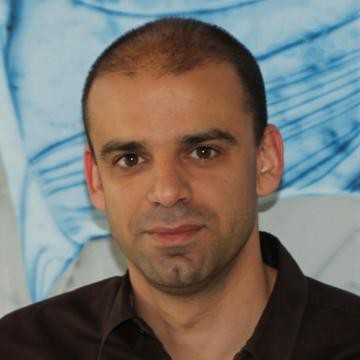
Professor Pedro Barquinha,
Department of Materials Science, Faculty of Science and Technology, Universidade NOVA de Lisboa and CEMOP/UNINOVA
“Transparent and flexible electronics with embedded energy harvesting based on oxide nanowire devices (TREND)”
TREND is an ERC Starting Grant started in January 2017 aiming to take transparent electronics into as-of-yet unexplored levels of integration, by combining transparent and high-speed nanocircuits with energy harvesting capabilities on flexible substrates, all based on multicomponent metal oxide nanowires (NWs).
For this end, sustainable and recyclable materials as ZnO, SnO2, Cu2O are being synthesized in different forms of heterostructured NWs, using low-temperature and low-cost solution processes. At this stage, the main focus is to build a database of these materials that can then be used for multiple applications. Particular emphasis is being given to zinc-tin oxide (ZTO), which can be directly grown on flexible substrates using seed layers or even converted from ZnO NWs at temperatures below 200 °C, assuring the compatibility with temperature-sensitive substrates.
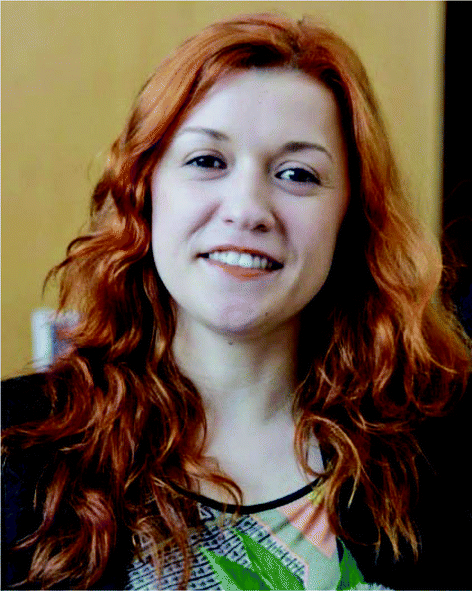
Professor Mara G. Freire
CICECO – Aveiro Institute of Materials, Chemistry Department, University of Aveiro, Portugal
“Design of Effective Purification Platforms for Biopharmaceuticals”
The biopharmaceuticals market, worldwide estimated at US$199.7 billion in 2013, has been projected to reach US$497.9 billion by 2020 [1]. In 2013, 970 biopharmaceuticals were under development, of which 338 are monoclonal antibodies (mAbs), 93 are recombinant proteins, 46 are gene therapy products and 15 are RNA antisense therapeutics [2]. In addition to the more investigated mAbs, antibodies present in hen egg yolk, namely immunoglobulin Y (IgY), are an alternative option that can be obtained in higher titres and at lower cost.
** To read the complete abstracts, please visit our blog **
Guests and Chairmen
Ana Sanchez, Member of Board of Directors of the Fundação para a Ciência e a Tecnologia (FCT), Portugal
Jose Labastida, Head of the Scientific Management Department of the European Research Council, Belgium
Sierd Cloetingh , President of the Academia Europaea, Netherlands
Artur Silva, EURASC, Portugal
Jean Etourneau, University of Bordeaux, France
Maria Salomé Soares Pais, Lisbon Academy of Science, Portugal
Elvira Fortunato, EURASC, Portugal
Carlos Salema, Lisbon Academy of Science, Portugal
Fernando Santana, Portuguese Academy of Engineering, Portugal
Hélène de Rode, Perpetual Secretary of EurASc, U.C.L. – Mons, Actium-Law Firm, Belgium
João Rocha, CICECO, EURASC, Portugal
Carlos Ribeiro, Champalimaud Foundation, Portugal
In collaboration with:

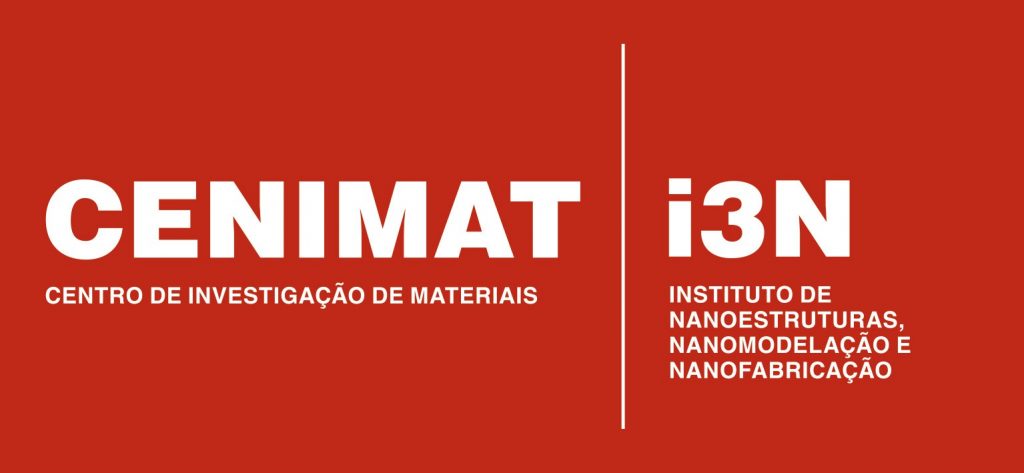

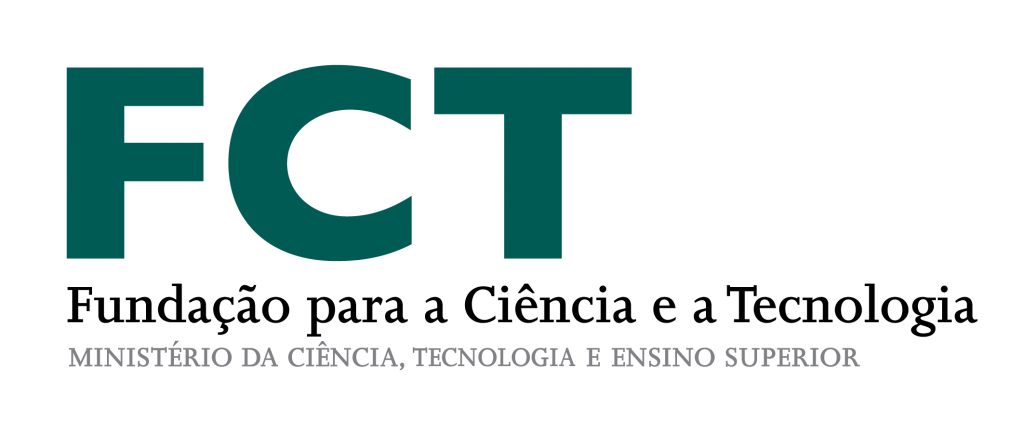
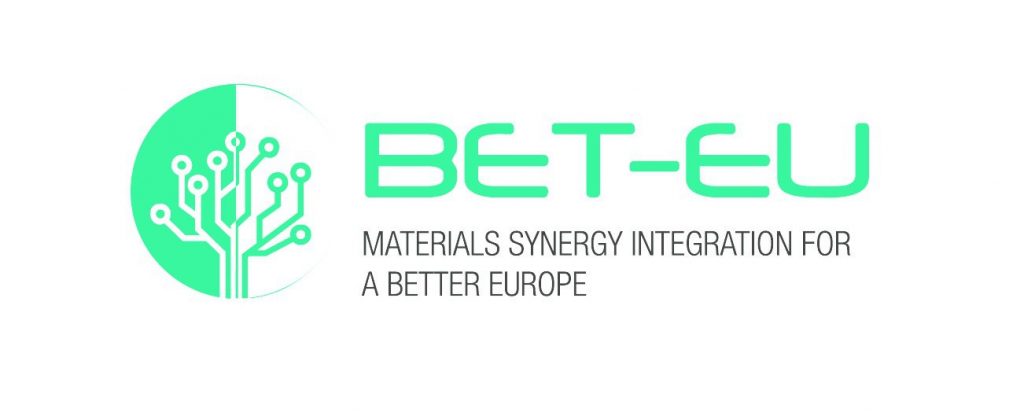
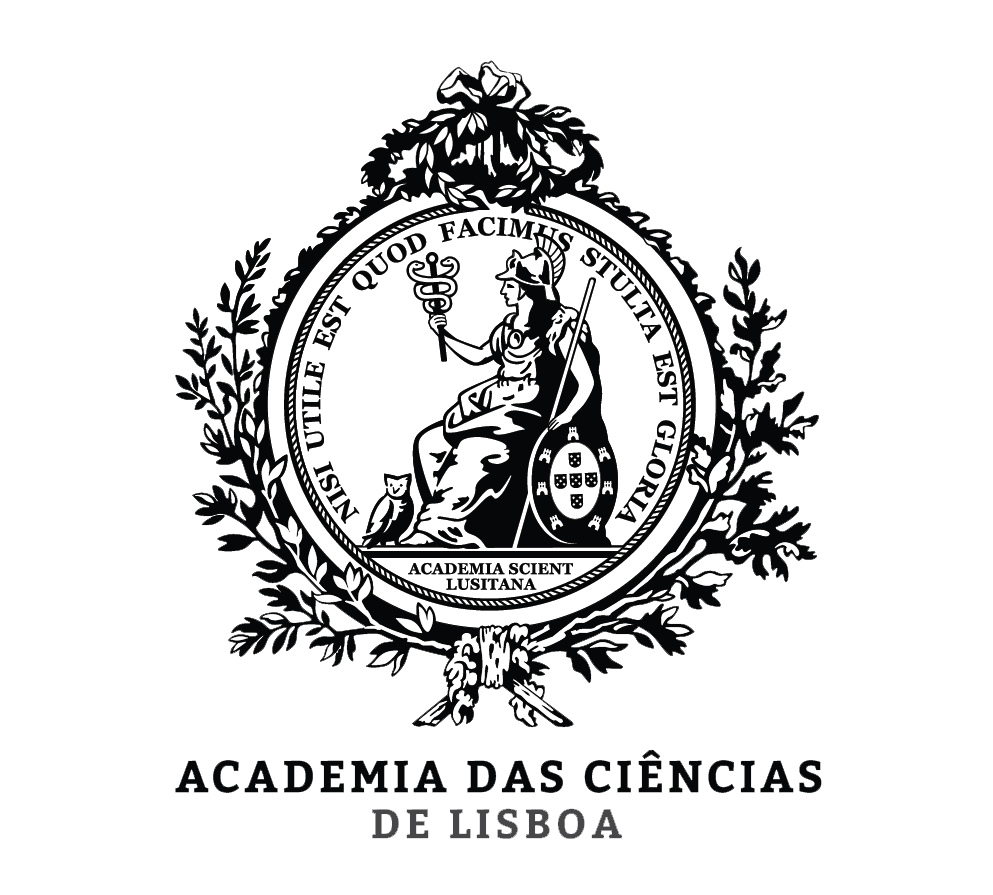
Photo Gallery
































































